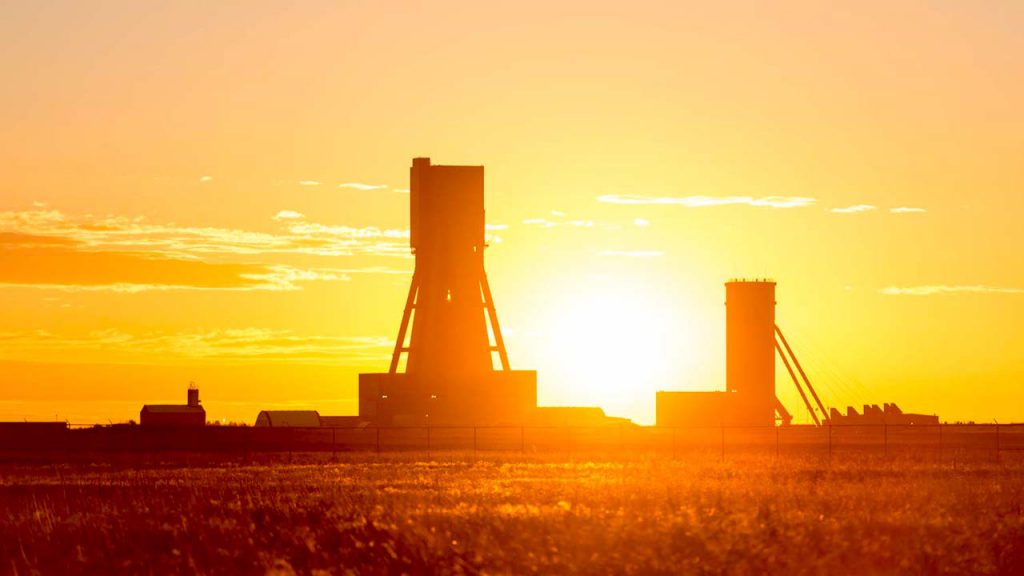
Vancouver-based Westshore has agreed to build the necessary infrastructure to handle potash at Westshore’s Roberts Bank Terminal by 2026, with BHP funding the construction.
The deal would become binding if BHP announces a final decision to proceed with Jansen’s first stage, Westshore said. In that case, the firm will handle potash for BHP for a term to 2051, subject to extension.
BHP had said in June it would present its board with a decision on whether to move ahead with Jansen after choosing between two port options.
BHP has been mulling a final decision on the asset for at least eight years, during which it has spent about $4.5 billion laying the ground for the crop nutrient-producing project.
The miner could decide whether to spend a further $5.7 billion to bring Jansen into production on August 17, when it publishes results for the year ended June 30.
Some had speculated BHP would announce its decision when delivering fiscal 2021 results on Tuesday. But BHP just said that the Jansen Stage 1 project remained “on track for a go or no-go decision in the next two months”.
Betting on demand growth
The mining giant expects potash demand to increase by 15 million tonnes to roughly 105 million tonnes by 2040 or 1.5% to 3% a year, along with the global population and pressure to improve farming yields given limited land supply.
Located 140km east of Saskatoon, Jansen is expected to give BHP exposure to a market driven by rising global food demand and represents one of its few major growth prospects.
The mine is slated to produce 4.4 million tonnes of potash annually in its first phase, or nearly 8% of the world’s total. It will have capacity for an additional 12 million tonnes thereafter for a life of 100 years.
Westshore is Canada’s busiest coal export terminal, handling more than 33 million tonnes of coal a year.




